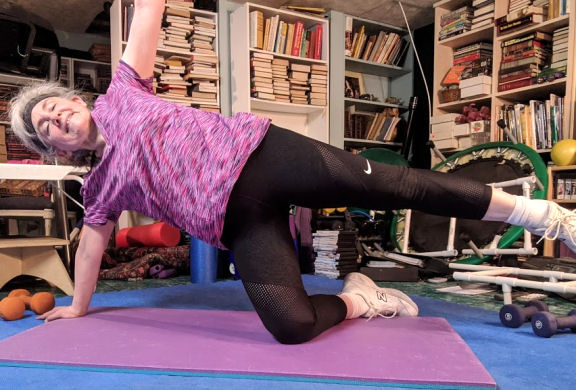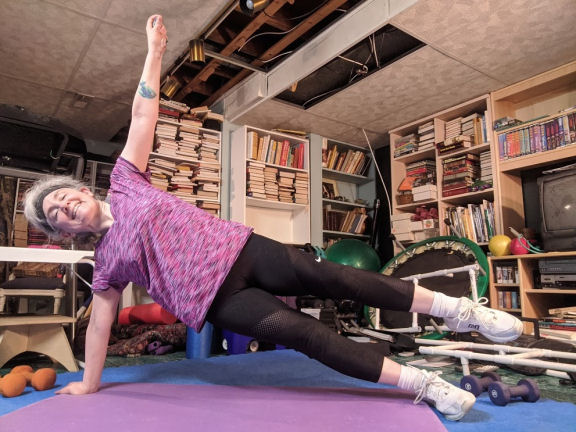Eliminate negative self-talk
Do you avoid looking in the mirror? Are you critical of your appearance? Your abilities (or, as you see them, lack of abilities)? Do you tell yourself that you’re not good for anything? Are you uncomfortable receiving compliments? Stop it! You – be nice to yourself! Eliminate that negative self-talk!
Effects of prolonged negative self-talk
Negative self-talk is not just a bad idea, it can have a severe effect on your health. “Having a negative outlook on life can lead to decreased motivation, increased stress, and greater feelings of helplessness,” says Dr. Rhiannon Jauer, psychologist from Aurora Behavioral Health Center. “Prolonged negative self-talk can increase one’s risk of mental health problems, physical health issues, as well as sleeplessness.”
Dr. Jauer encourages us to reconfigure our brains, to avoid rousing stress that can result in a damaging impact on our bodies. First of all, recognize the negative thoughts you’re having about yourself. By recognizing it, you’re on your way to changing it. But recognizing and identifying that negative self-talk is uncomfortable, because you may start out believing it. It seems real to you, and true, and therefore difficult to change.
A couple of easy ways to eliminate negative self-talk
But, pretend that you’re talking to a friend when you hear yourself saying those awful things. You’d encourage your friend, tell her that those negative things are not true. So, the same thing holds for yourself. That top looks great on you. Well, perhaps your hair does need a style, but it’s a good length for you. You work wonders with a spreadsheet. Will you come and organize my kitchen cabinets?
See – wasn’t that easy? “For some reason, we humans seem to save our worst words for ourselves, and that isn’t going to help” with eliminating negative self-talk and boosting our optimism, Dr. Kevin Gilliland, PsyD, executive director of Innovation360, said.
Acknowledge your negative self-talk. Recognize that you’re putting yourself down. And then consciously decide that it’s not true. Dismiss that thought. Send it away.
Replace that thought with a positive one. “Well, I may not like my hair style, but at least I’ve got a lot of it.” Or, “my files are totally disorganized but no one creates a better spreadsheet than I do.”
Practice daily
In order to eliminate that negative self-talk and have a lasting effect, practice being kind to yourself every day. Just like any other habit that you want to cultivate, being kind to yourself requires practice. Use a journal to remind yourself, perhaps, and reward your successes! I’ve written about maintaining positivity before, and in your daily self-kindness practice you should utilize these techniques.
Make contributions to your “Amazing Box”
And every time you turn that negative self-talk around, make an entry to your Amazing Box. I talked about this concept a few weeks ago. It might be one of the most important tools in your toolkit of positivity techniques. It’s an instant motivator when you feel down. Whenever you recognize a negative thought about yourself and can’t immediately think of something positive, read an entry in your Amazing Box. Instant pick-me-up. You’ll be on your way to positivity, optimism, and happiness.
So next time you have a negative thought about yourself, I’m talking to you: “You! Be nice to you!”











